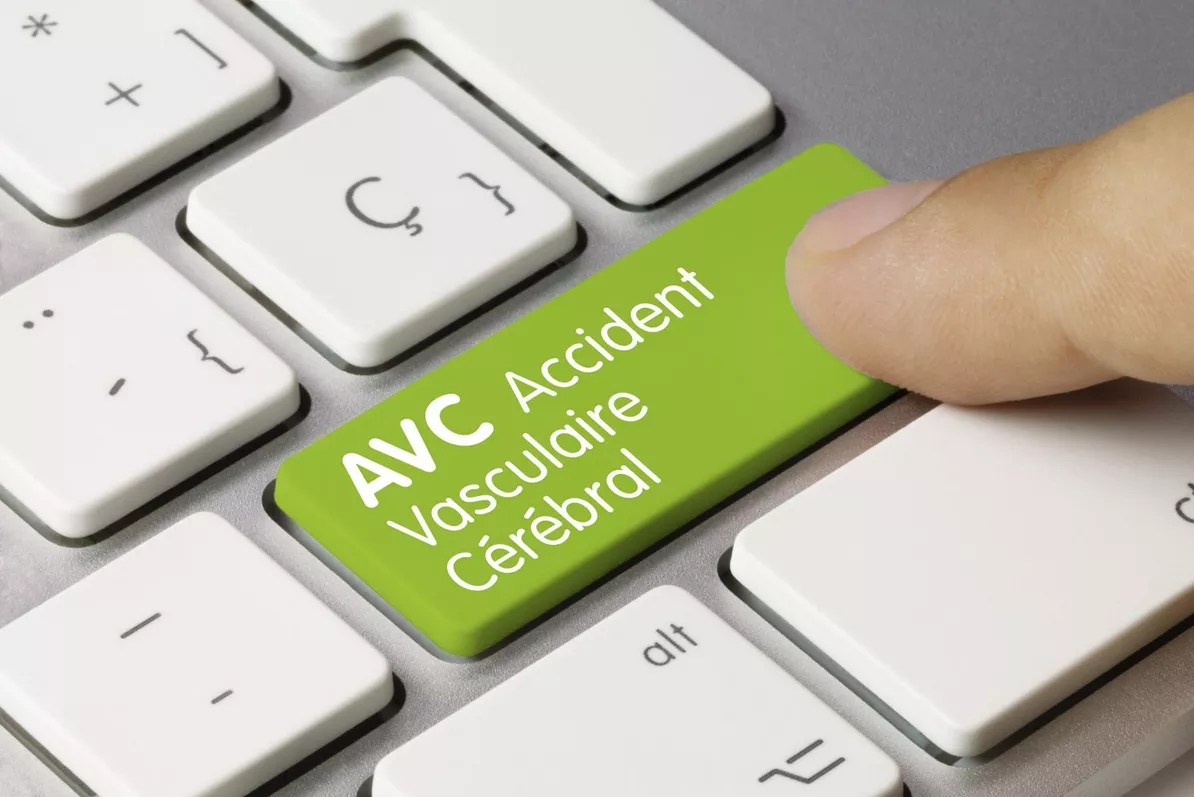A technology that is unique in the world enables paralysed patients to remember movements as if they were actually moving.
After a stroke, neurons are destroyed, and the brain is no longer able to control certain muscles. In the case of leg muscles, for example, the person can no longer walk. Their brain gradually registers that their legs are no longer moving and ends up forgetting about them”. The less you move, the more fragmented your body schema becomes, and the more difficult it will be to relearn movement.
To compensate for this brain control deficit, French researchers have designed a device called Vibramoov, consisting of sensors linked to a computer and a digital screen. “It enables neurons to be stimulated at an early stage, in order to maintain movement memory and speed up motor recovery,” explains Dr Anne Peskine, a specialist in physical medicine and rehabilitation at Normandy, a regional reference centre in Granville (Manche).
Vibramoov sends the same sensory messages to the brain as natural movement. This excites the neurons that normally command the muscles to move.
The aim is to maintain or even restore neuronal plasticity to improve patients’ independence. Some patients may not walk again, but they will be able to move more easily from their wheelchair to bed, for example.
In practical terms, the patient stands, sits or lies down, sensors are fitted to the joints that need to be worked (elbows, shoulders, hips, knees), and the doctor selects an activity on the screen (walking, drawing a triangle, opening a bottle), along with its intensity and duration.
"Deceptive" vibrations
Vibramoov then generates vibrations in the muscles fitted with sensors, and the brain receives the same information as if the person had actually performed the movements.
The results are astonishing: “Even an able-bodied person, if they close their eyes, will be convinced that they have raised their arms or walked, when in fact all that has happened is that the muscles have been vibrated”, says Dr Peskine, who has tested the device herself.
Some fifteen patients are already benefiting from this re-education, with a 30-minute session, 5 days out of 7, for 4 weeks. The device is still being tested, but “we can already see that something is happening, and some patients are starting to move”, explains the doctor. “However, it is still too early to say whether Vibramoov will enable hemiplegic patients to walk again more quickly after a stroke.
Leading cause of disability: 140,0000 to 150,000 strokes are recorded every year in France, i.e. one person affected every 4 minutes. It is the leading cause of physical disability in adults, with almost one in three survivors suffering from motor deficits as a result of hemiplegia or sensory impairment.

